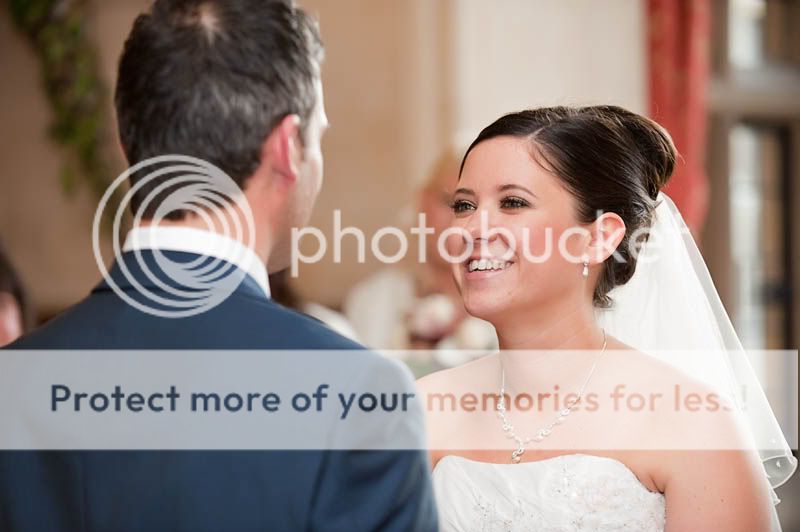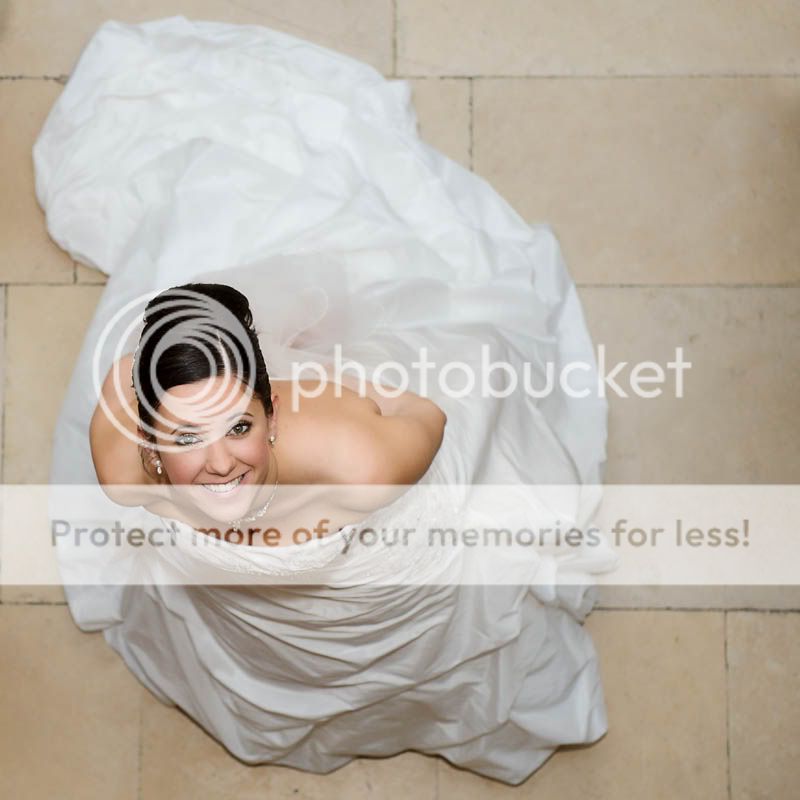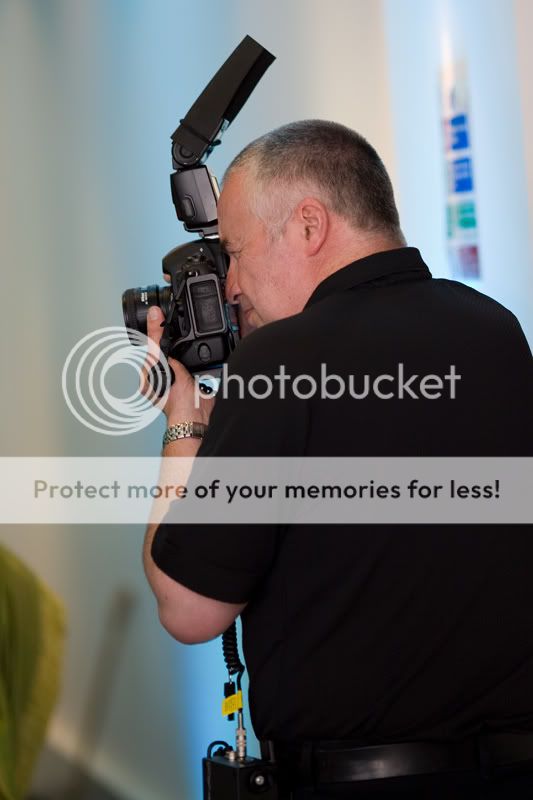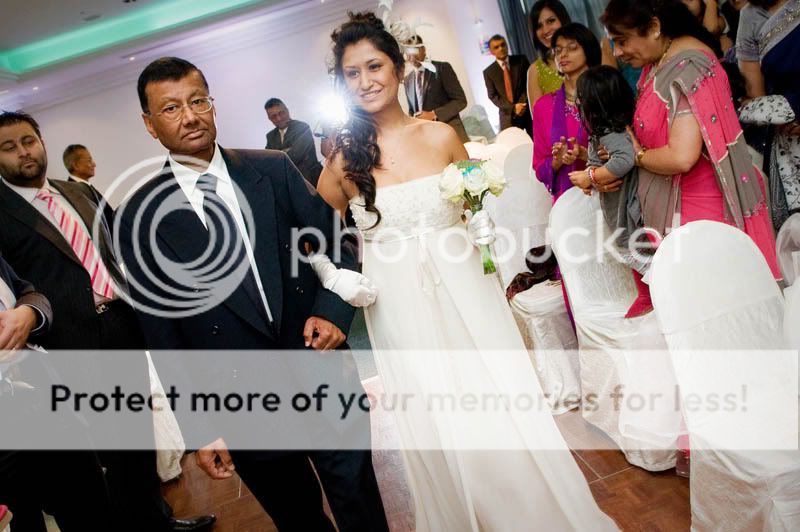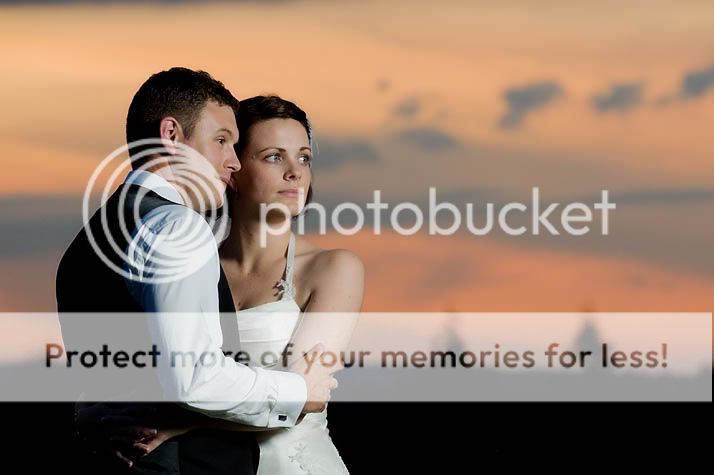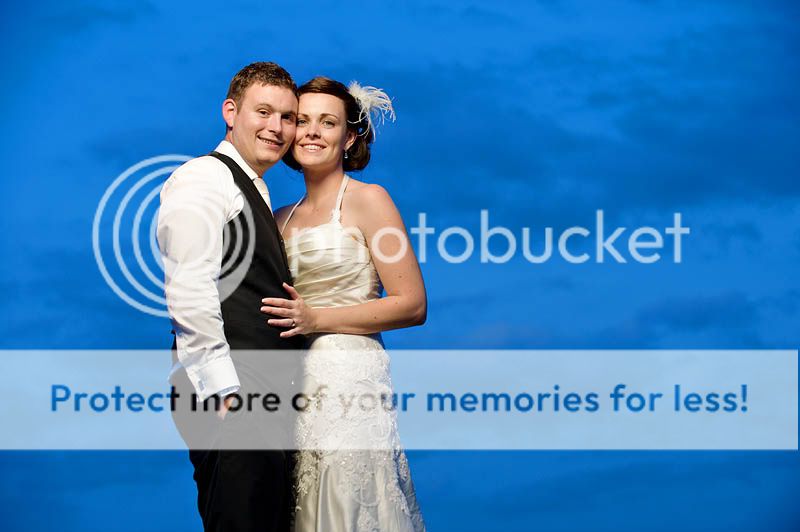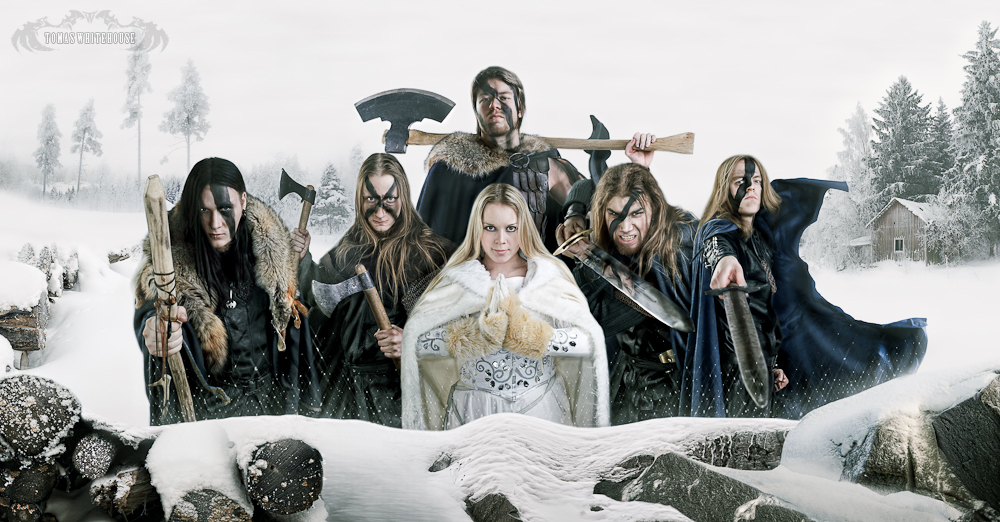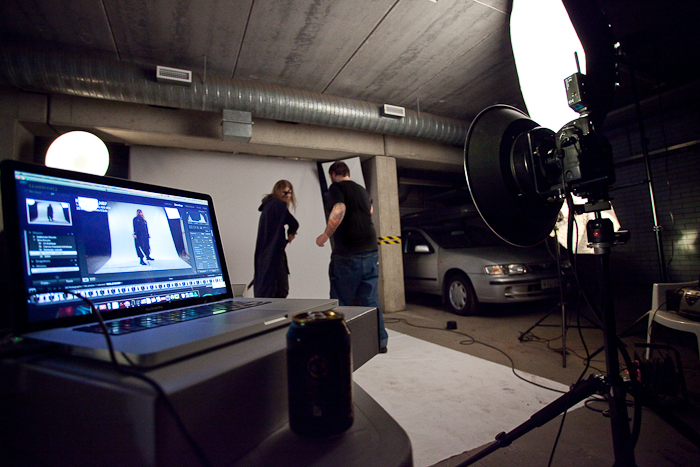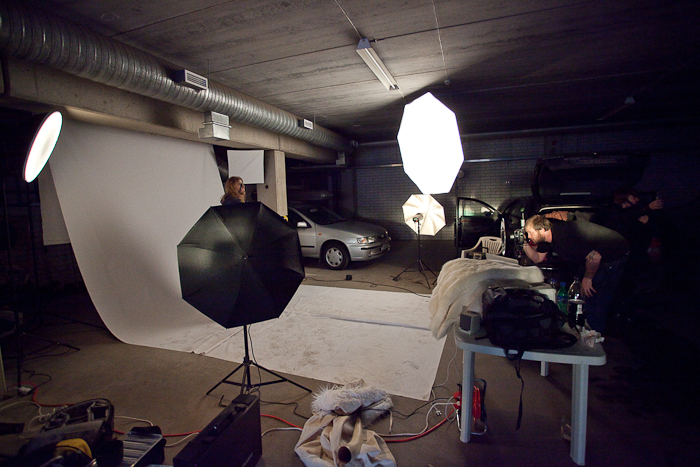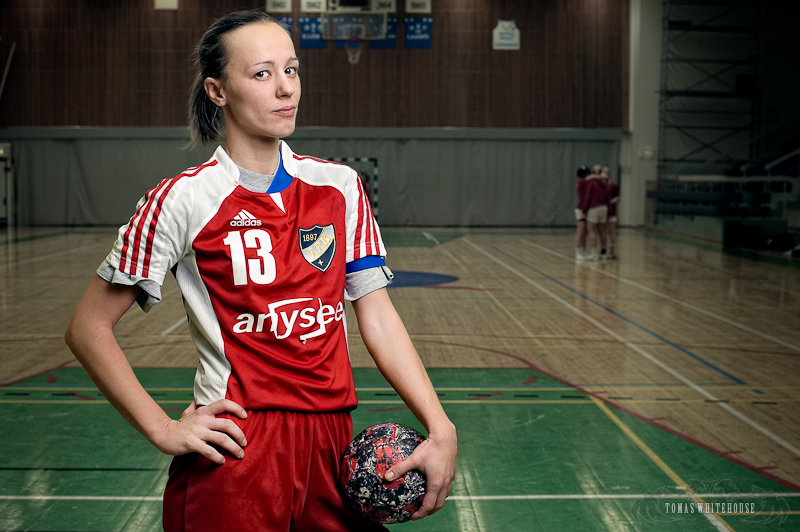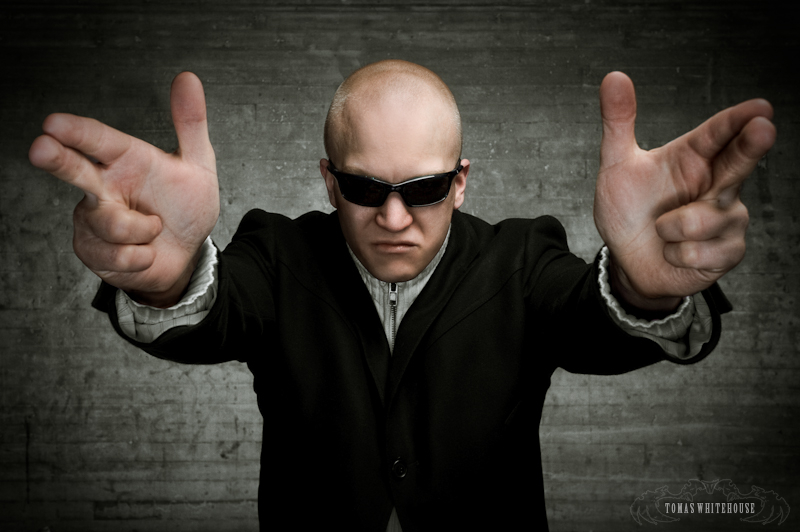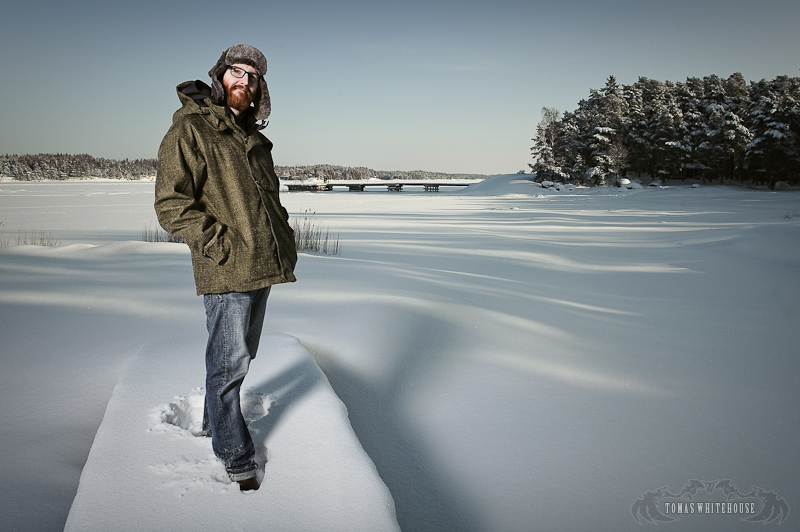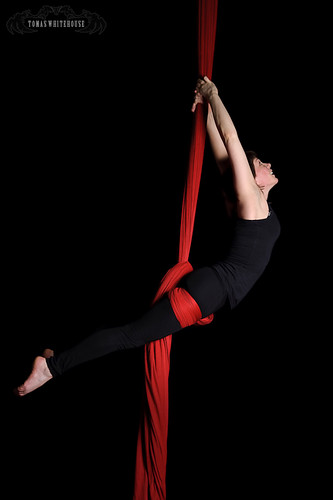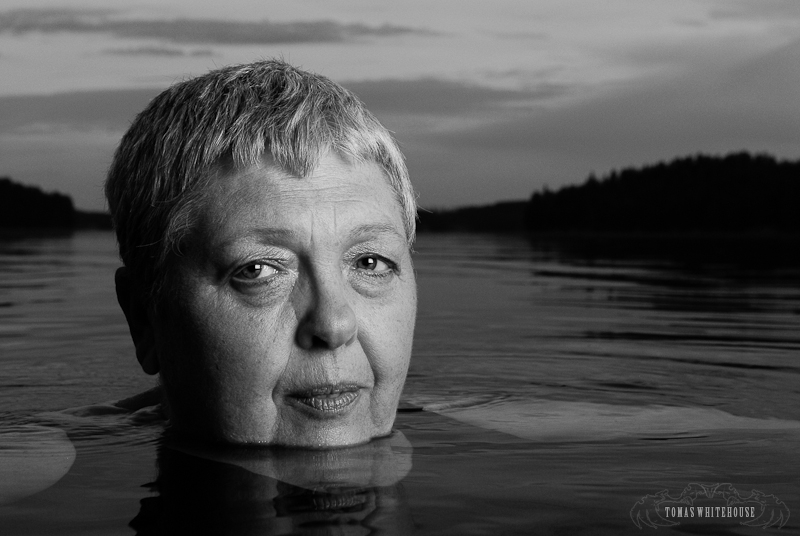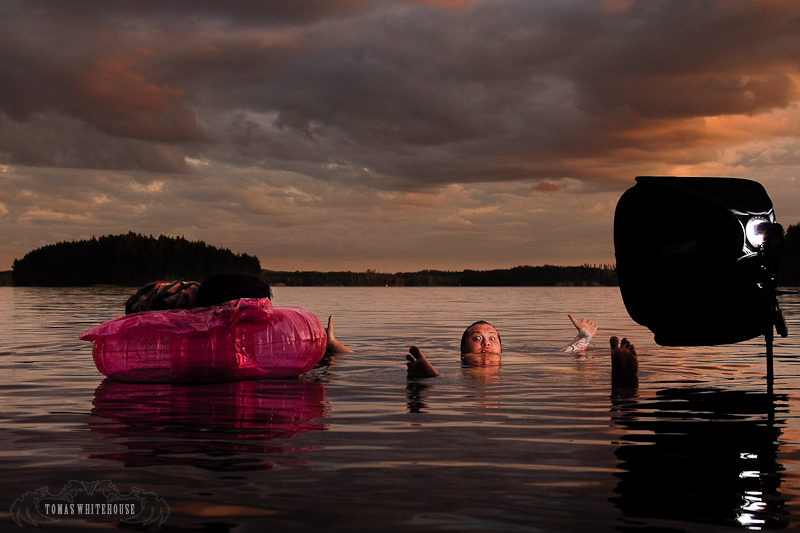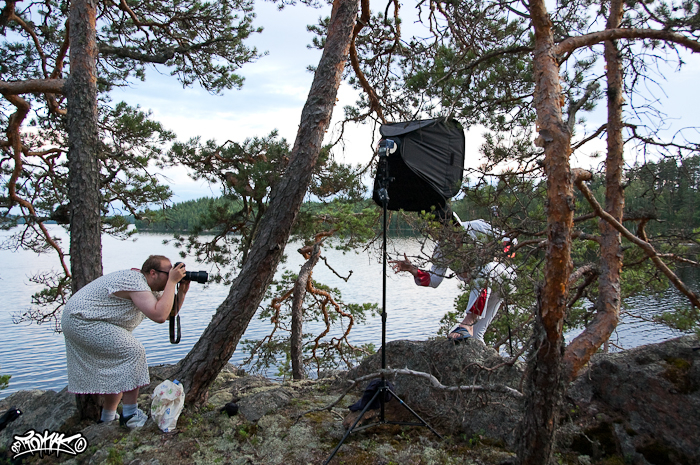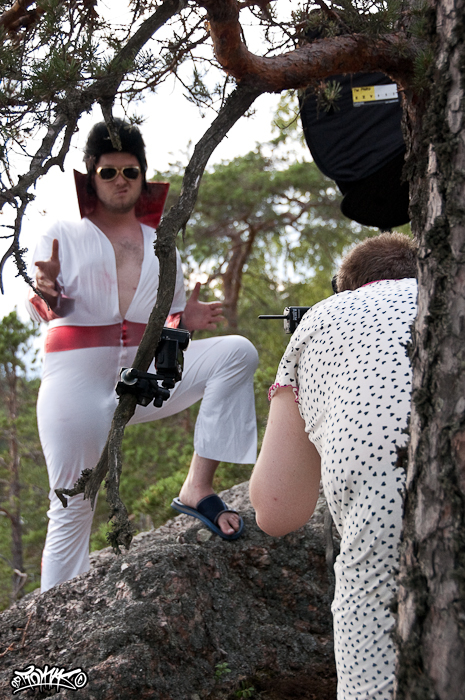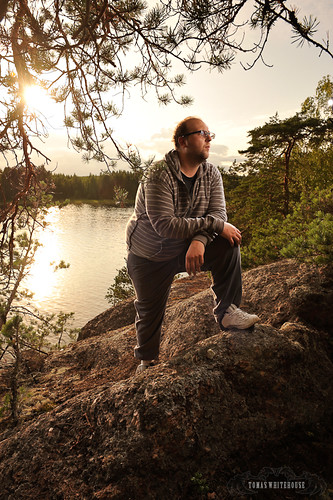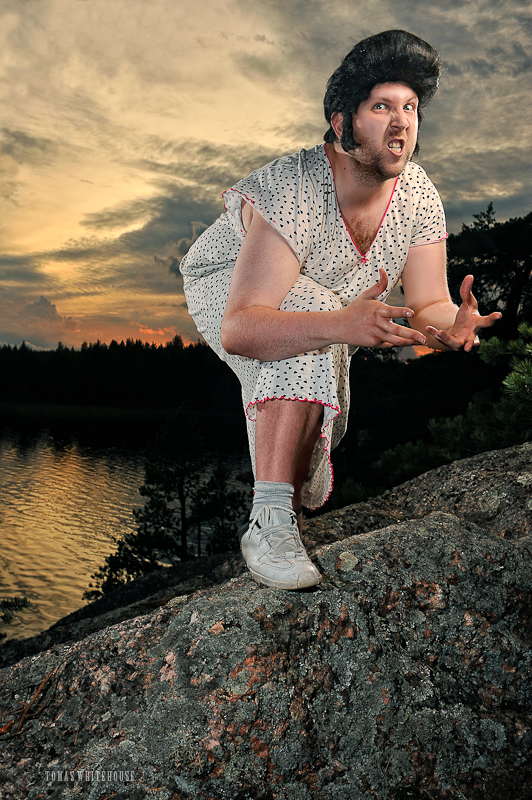- Messages
- 3,980
- Name
- Tomas
- Edit My Images
- No
Tyke Tiler submitted a new resource:
Which Flash System? - Which Flash System?
Read more about this resource...
Which Flash System? - Which Flash System?
When your thinking about flash photography for the first time, one can become a little intimidated by the seemingly elusive and complex subject.
Whether you shooting as a hobby, for pleasure or to earn a living, all of the points covered in this text will help to understand the differences between the available systems.
The Three Typical Categories Of Flash System.
The most common type of flash units are designed for camera's directly. Excluding the onboard flash unit that can...
Read more about this resource...
Last edited by a moderator:


